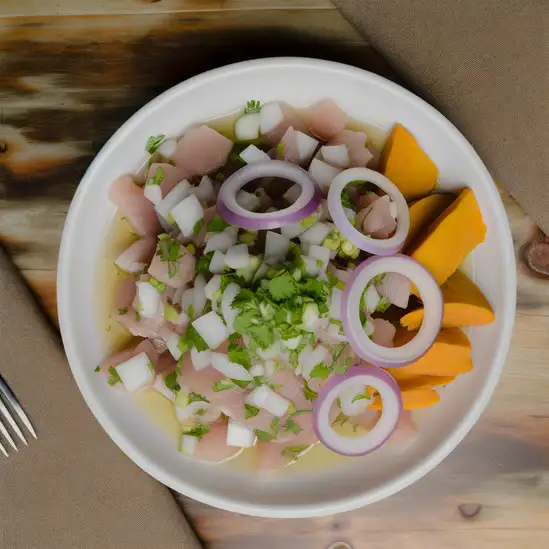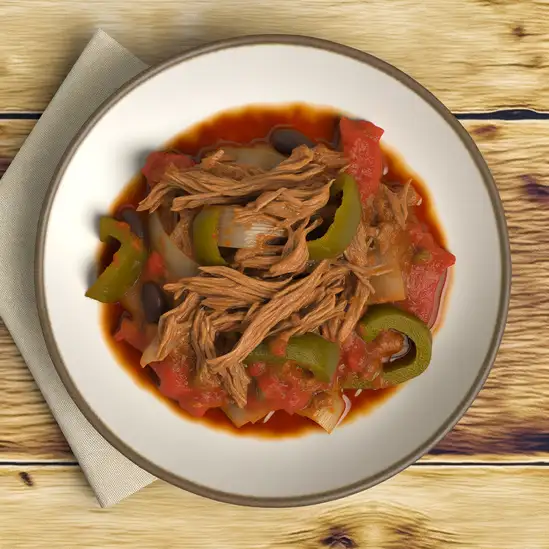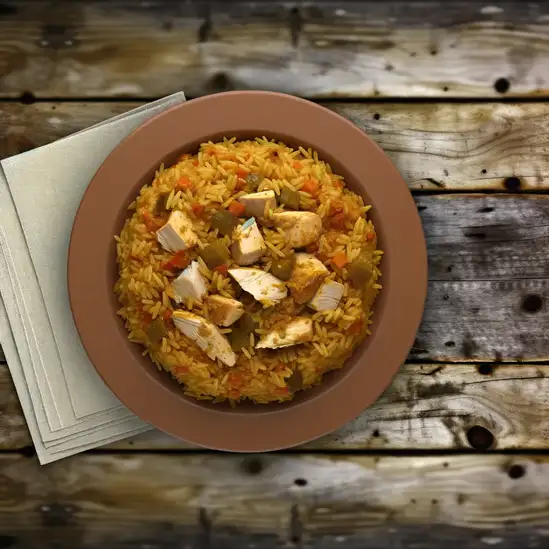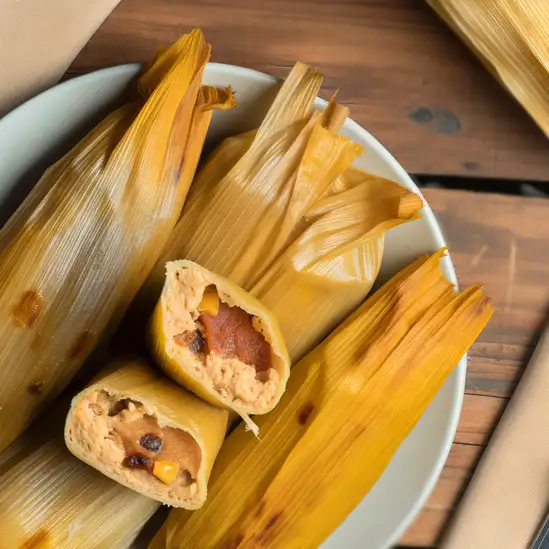



If you ever find yourself wandering through Panama,make sure to carve out time for Distrito de Balboa. The moment you step into this part of Panama City,there’s an unmistakable buzz—a blend of old-world charm and the pulse of a bustling port town. The salty tang of the ocean mingles with the aroma of fresh coffee from street vendors,while the distant hum of ships and seagulls creates a soundtrack that feels both lively and comforting. It’s a place where the past and present collide beautifully,with colorful colonial buildings standing shoulder to shoulder with modern docks and cranes. Walking through the streets,you’ll catch snippets of Spanish conversations,the laughter of children playing soccer,and the rhythmic beat of Afro-Caribbean drums drifting from a nearby café. The locals here have a warmth that’s instantly welcoming,eager to share stories about the Panama Canal’s history or recommend the best spot for a plate of ceviche bursting with fresh,tangy flavors. The city’s character is deeply tied to the sea—fishermen unloading their catch,markets brimming with tropical fruits,and the occasional breeze carrying the scent of grilled seafood. What makes Distrito de Balboa truly special is its raw,authentic energy. It’s not polished or overly touristy,which means you get to experience Panama’s heart in a way that feels genuine and alive. Whether you’re sipping a cold beer by the waterfront or exploring the vibrant street art,there’s a sense of discovery around every corner that makes you want to linger just a little longer.
The information on this page is currently being reviewed by Tripkliq and should be used as a guide only
Eng word: Hello
Eng pronunciation: OH-lah
Local language: Hola
Eng word: Goodbye
Eng pronunciation: ah-DYOS
Local language: Adiós
Eng word: Thank you
Eng pronunciation: GRAH-syahs
Local language: Gracias
Eng word: How much
Eng pronunciation: KWAN-toh KWEH-stah
Local language: ¿Cuánto cuesta?
Eng word: Toilet
Eng pronunciation: BAH-nyoh
Local language: Baño
Eng word: Help me
Eng pronunciation: ah-YOO-dah-meh
Local language: Ayúdame
Eng word: Yes
Eng pronunciation: SEE
Local language: Sí
Eng word: No
Eng pronunciation: NO
Local language: No
Eng word: Excuse me
Eng pronunciation: pehr-DOHN
Local language: Perdón
Named after Vasco Núñez de Balboa, the Spanish explorer who was the first European to see the Pacific Ocean, the district of Balboa was established during the construction of the Panama Canal in the early 20th century.
Balboa served as a key administrative and operational hub for the Panama Canal, housing many of the workers and officials who managed the canal's operations.
Balboa is home to one of the most important ports in Panama, which has historically played a vital role in global trade and the movement of goods through the Panama Canal.
The historic Balboa train station was a critical part of the Panama Railroad, which connected the Atlantic and Pacific Oceans before the canal was completed.
The district features a monument dedicated to Vasco Núñez de Balboa, celebrating his discovery of the Pacific Ocean and his contributions to exploration.
During the Panama Canal Zone era, Balboa was heavily influenced by American culture, architecture, and infrastructure, which can still be seen in some of its historic buildings.
Built during the Canal Zone era, the Balboa Theater is a historic landmark that once served as a cultural hub for residents, showcasing films and live performances.
Established in the early 20th century, Balboa High School was a prominent educational institution for the children of Panama Canal workers and remains a symbol of the area's rich history.
Balboa is home to the Goethals Memorial, which honors George Washington Goethals, the chief engineer of the Panama Canal, for his pivotal role in its construction.
In Distrito de Balboa, the most common Power Adaptor is Type A, Type B.



Fresh fish or seafood marinated in citrus juices, mixed with onions, cilantro, and peppers, served as a refreshing appetizer.

A traditional chicken soup made with a variety of vegetables, herbs, and spices, often served with rice.

Shredded beef cooked in a tomato-based sauce, typically served with rice and beans.

A classic dish of rice cooked with chicken, vegetables, and spices, often enjoyed at family gatherings.

Corn dough filled with meat or vegetables, wrapped in banana leaves, and steamed, commonly served during festive occasions.

Fried green plantains that are smashed and fried again, often served as a side dish or snack.

Boiled cassava served with a garlic and citrus sauce, often enjoyed as a side dish.
The capital city of Panama,known for the Panama Canal,Casco Viejo historic district,and its vibrant nightlife. A gateway to nearby islands like Taboga Island.
ExploreCartagena de Indias feels like stepping into a vibrant,sun-soaked painting where every corner bursts with color and life. The moment you wander through its cobblestone streets,you’re wrapped in the warm embrace of colonial charm mixed with Caribbean energy. Brightly painted balconies overflow with bougainvillea,and the salty breeze carries the distant rhythm of cumbia and salsa,inviting you to move with the city’s heartbeat. It’s a place where history isn’t just in museums—it’s alive in the laughter spilling from open-air cafes and the clinking of glasses filled with tangy,refreshing aguardiente.
As you stroll along the ancient city walls,the scent of grilled seafood mingles with tropical fruit from street vendors,tempting your taste buds to dive into fresh ceviche or a juicy mango. The sun sets in a blaze of orange and pink over the bay,and the city lights flicker on,casting a golden glow that makes every evening feel magical. Locals greet you with genuine warmth,eager to share stories about Cartagena’s rich past and vibrant present.
What makes Cartagena truly unforgettable is its blend of old-world romance and lively modern spirit. From the bustling plazas where artists display their work to the quiet corners where you can sip a cold cocktail and watch the world go by,the city invites you to slow down and savor every moment. It’s a place that stays with you long after you leave,whispering promises of return.
San José pulses with a lively,unpretentious energy that instantly makes you feel like you’ve stepped into the heart of Costa Rica’s everyday life. It’s not about polished tourist spots here; it’s about the rhythm of the streets,where vendors call out their fresh fruit and the scent of strong coffee mingles with the warm,tropical air. Walking through the city,you’ll catch the vibrant colors of murals splashed across old colonial buildings,and hear the chatter of locals animatedly discussing football or the latest news at a corner café.
The city’s character is a blend of old and new — from the grand National Theater with its ornate architecture to the bustling Mercado Central,where you can taste authentic gallo pinto or sip on a sweet,refreshing agua de sapo. There’s a genuine warmth in the people here; they’re proud of their culture and eager to share stories about their country’s rich history and natural wonders.
What makes San José truly unique is how it feels like a gateway to the rest of Costa Rica’s wild beauty,yet it stands strong on its own as a place full of life and surprises. Whether you’re wandering through leafy parks,catching a local art exhibit,or simply soaking in the city’s vibrant street scenes,San José invites you to slow down,breathe in the moment,and connect with the soul of Costa Rica.
A vibrant city in an archipelago known for its crystal-clear waters,coral reefs,and laid-back Caribbean vibe. A top destination for island hopping.
ExploreImagine stepping into a place where the turquoise waves gently kiss powdery white sands,and the sun wraps you in a warm,golden embrace—that’s Cancún. From the moment you arrive,there’s this vibrant energy buzzing in the air,a mix of laid-back beach vibes and lively city pulse. Palm trees sway rhythmically to the ocean breeze,and the salty scent of the sea mingles with the tantalizing aroma of fresh street tacos sizzling nearby. It’s a place where every sunset feels like a private show,painting the sky in fiery oranges and soft pinks.
Walking through Cancún’s Hotel Zone,you’ll hear the laughter of friends clinking glasses of tangy margaritas,the distant beat of Latin music inviting you to dance,and the chatter of locals sharing stories in colorful markets. The city’s character shines through its blend of modern resorts and ancient Mayan roots,with nearby ruins whispering tales of a rich history that’s still alive in the vibrant culture and warm smiles of the people.
What really makes Cancún unforgettable is how it balances adventure and relaxation. You can dive into crystal-clear cenotes,explore coral reefs teeming with life,or simply lounge under a palapa,feeling the sun on your skin and the gentle sway of a hammock. And when hunger strikes,fresh ceviche bursting with citrus and spice,or a sweet slice of mango dripping with juice,remind you that this place is as much a feast for your taste buds as it is for your soul. Trust me,Cancún isn’t just a destination—it’s a feeling you’ll want to carry with you long after you leave.
A tropical island city in the Caribbean Sea,known for its turquoise waters,coral reefs,and vibrant local culture.
ExploreScammers install skimming devices on ATMs to steal card information and PINs from unsuspecting users.
Tourists may be given incorrect change or counterfeit bills when exchanging money or making purchases.
Scammers may approach tourists claiming to collect donations for a fake charity or cause.
Imposters posing as police officers may demand to see passports or issue fake fines to extort money from tourists.
Scammers pose as tour guides and offer overpriced or non-existent tours to popular attractions.
Vendors in tourist-heavy areas may charge significantly higher prices for souvenirs or goods than their actual value.
Thieves target crowded areas, such as markets or public transportation, to steal wallets, phones, or other valuables.
Some individuals may aggressively demand money after performing or asking for help, making tourists feel obligated to pay.
Some taxi drivers may not use meters and overcharge tourists, especially if they are unfamiliar with local rates.
Tourists are lured into attending high-pressure sales presentations for timeshares that may not deliver as promised.
The possession, use, and trafficking of illegal drugs are strictly prohibited in Distrito de Balboa and throughout Panama. Penalties for drug-related offenses are severe and can include lengthy prison sentences and heavy fines. Tourists should avoid any involvement with illegal drugs, as law enforcement takes a zero-tolerance approach to drug-related activities.
In Distrito de Balboa, Panama, smoking is prohibited in enclosed public spaces, workplaces, and public transportation. This includes restaurants, bars, and shopping centers. Smoking is also banned in certain outdoor areas, such as near schools, hospitals, and playgrounds. Violators may face fines, and businesses that allow smoking in restricted areas can also be penalized.
Vaping is subject to similar restrictions as smoking in Distrito de Balboa. It is prohibited in enclosed public spaces, workplaces, and public transportation. While vaping is not as widely regulated as smoking, tourists should exercise caution and avoid vaping in areas where smoking is banned to avoid potential fines or conflicts.
What are other people saying about Distrito de Balboa?
Recent Social posts about Distrito de Balboa
There is nothing to show you for now.